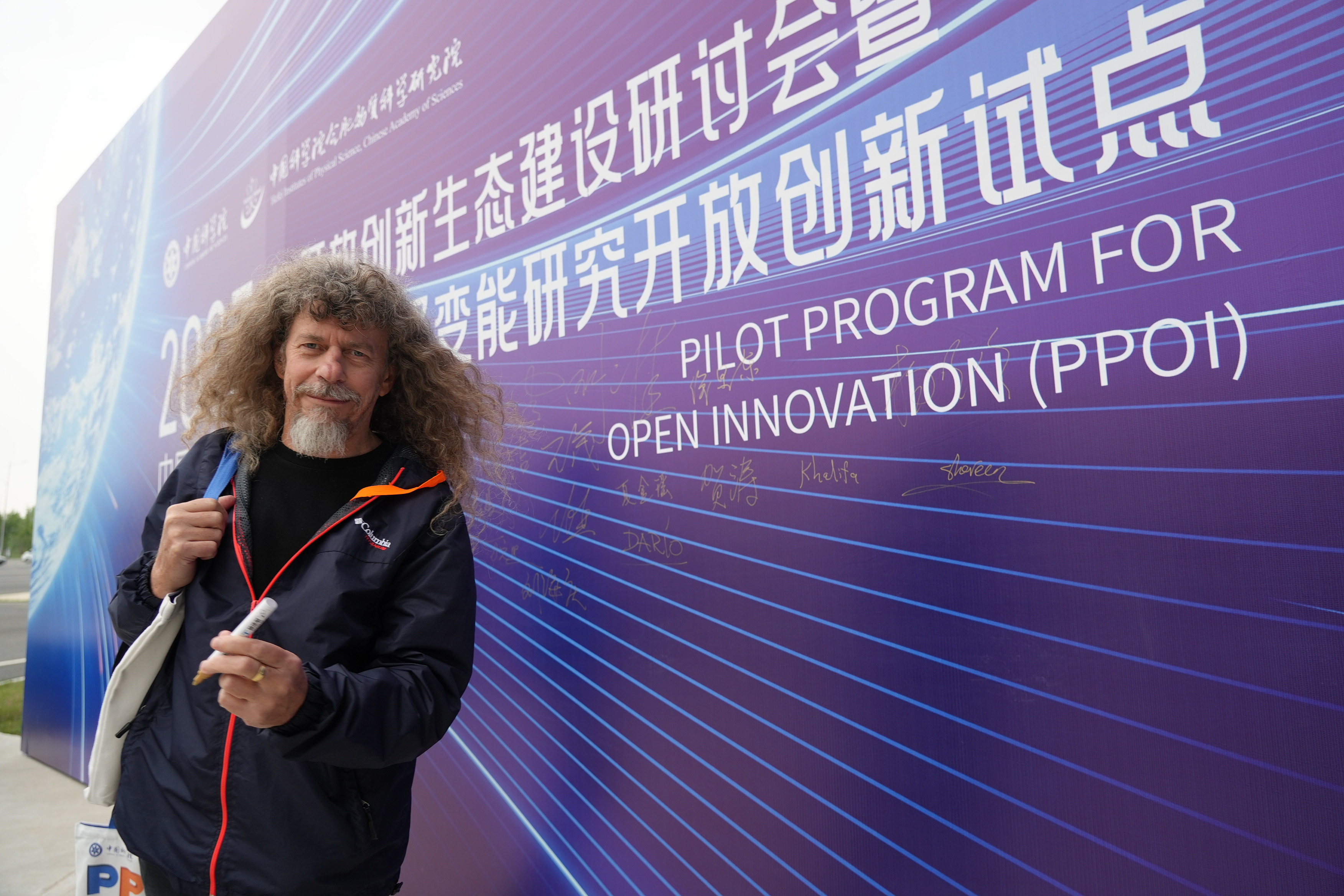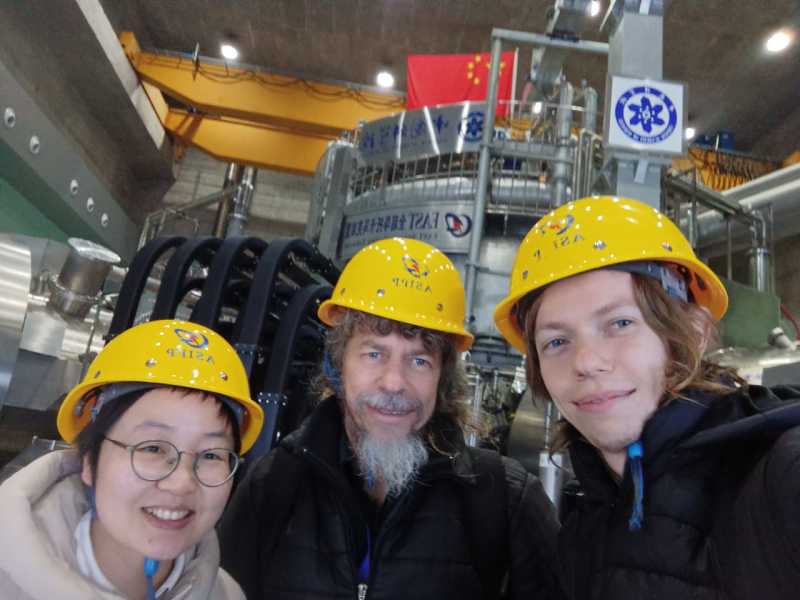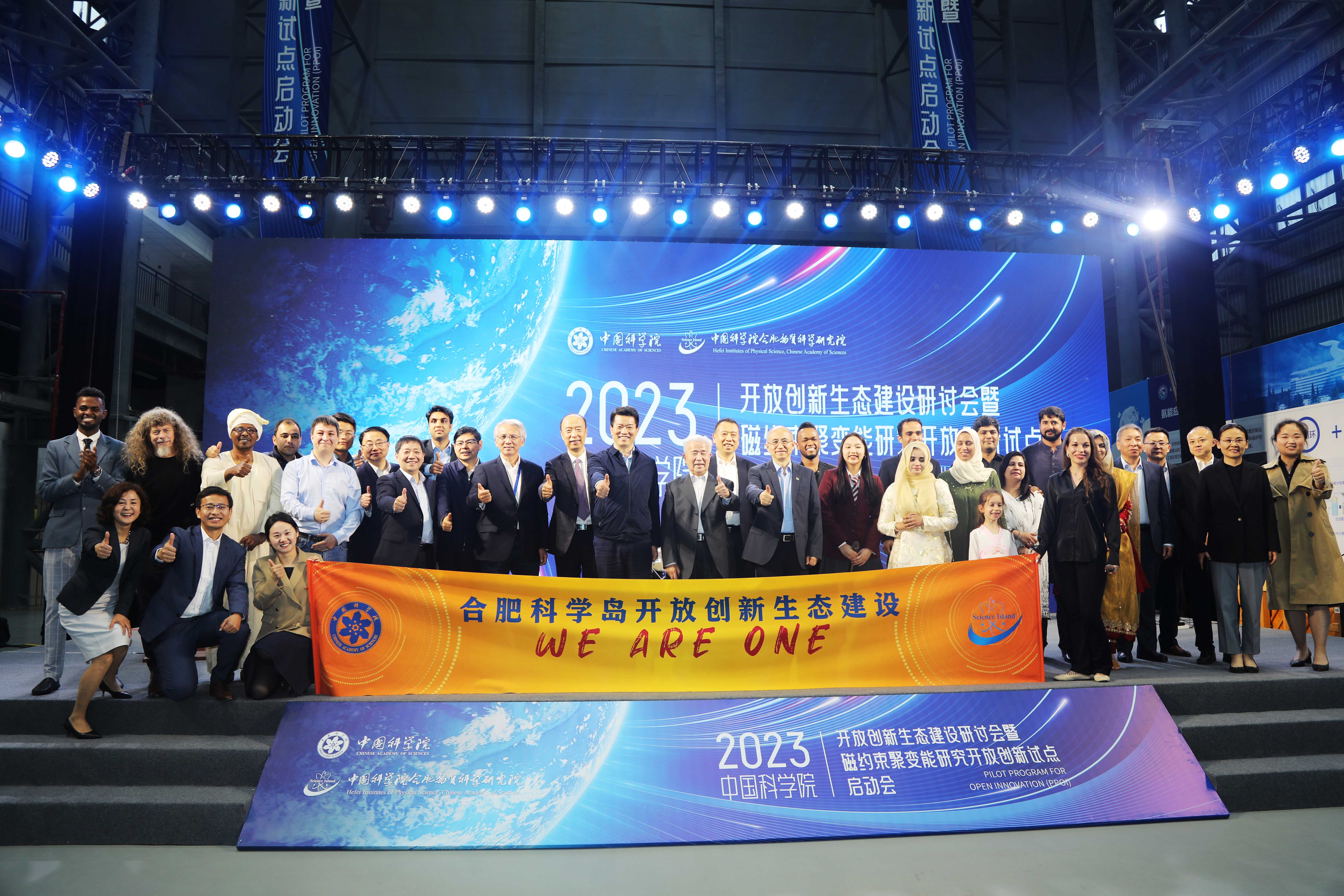

To relate my life experience on the island, I need first to tell some things about my origin.
I am a research visitor coming from Argentina, a very distant country. When we learn Geography as kids, we use maps in which America is besieged in the center, and then you see the rest of the world heading east, where China is far away. Looking at Chinese maps in which China is at the center, I become aware of how far away Argentina is, in the last corner, below and right. If you want to get there from here, get ready because, between one thing and another, you'll need about 40 hours to travel.
I live in Buenos Aires, the capital of the country. Despite nothing being produced there, it's a big city that concentrates the government and most of the economy. While it officially has about 3 million inhabitants, more than 10 million people come to work from the suburbs during the day. It is chaotic, intense, and demanding. It has a hellish rhythm of life. There are very few green spaces, and getting anywhere requires a lot of time because public transportation is terrific, and there are always problems in the street.
But it also has extraordinary things. You can eat pizza any time (for example, at 3 in the morning!). On practically every block, there is a bar (or several). I live in a street with over twenty theaters within 3 blocks of the round. Cultural life is impressive. There are countless proposals, many shows, and of course, that includes that you can see a good football game every weekend.
Imagine the tremendous contrast between that concrete jungle (to take my dog out, I need to travel 25 minutes by car!) and getting to this island where nature overwhelms you everywhere. The first few days when I arrived, I walked at night to see the sky and hear the noises of bugs. I also see many Chinese who come on weekends to take pictures on the bridge, so not only me dazzles this landscape.
The other big contrast has to do more with the image of China in general than with the island itself.
I am shocked to see happy people and so many children walking on Sundays or to meet friendly people who want to talk or take pictures with me. It should be an expected normal thing, but in Argentina (and any other country in the West), we live bombarded by negative and constant propaganda. The media tells us that the Chinese are harmful and dangerous daily. Even for people who are politicized, enlightened, and immunized to such stupidity, some of these constant messages penetrate us in some way.
That is why I am amazed to find such a climate of enormous tranquility and security here. A motorcycle can pass any time and make you fly through the air, even if you walk placidly through the park. You can indeed meet a massive crowd in the city's center, and a guy screaming wildly at his phone at any time will likely pass by you. It is frustrating to see millions of posters, of which you can barely recognize one or two characters. It is stressful that everything is digitized, but you can not use almost any phone application. It is difficult to read a map, choose a plate of food, or play football with exotic rules (there are no goalkeepers, and only goals are valid from within the area!).
But still, I find this chaos pleasant and fun. This is a beautiful place to live and to work. Thanks for Alliance of International Science Organizations (ANSO)'s fellowship, I get chances to know this island.
Negative propaganda is associated with another devastating action, which is disinformation. Therefore, among so many things that we need to learn about the Chinese reality, we need to know the efforts they make to integrate the world, to make a positive collaboration, and to establish genuine ties of cooperation in which all the parties are favored. Even well-informed people don't know what Hefei is; my physics colleagues have never heard of this scientific complex or the technological pole that has emerged in this city.
I never thought I would receive so much help here; that people would take care of my stay, accompanying me at all times and providing me with restraint. I have phoned and bothered many people in their offices and even at their home, and they helped me solve problems enthusiastically. While there are institutional channels set up to serve foreign scientists, the personal predisposition of people is impressive. I do not want to name the persons because it would be unfair to forget someone.

This picture was taken in front of EAST Tokamak, with Santiago, my son (right) and Dr. Zhang Ling (left), my host scientist, who welcomed me under the support of ANSO Fellowship (Image by Dario Mitnik)
I could list many more things that amaze me, but this text would be extended.
Chinese culture holds enormous respect for its traditions and history, and it is impressive how scientific and technological progress is integrated into it. I was present at a historical moment, a significant step in research related to thermonuclear fusion, and I know that it will be remembered in the future.

I was standing in front of a 1/8 Vacuum Chamber of China Fusion Engineering Test Reactor (CFETR). The image in the background is from Chinese mythology, depicting Kuafu chasing the sun, symbolizing humanity's continuous pursuit of solar energy. (Image by Dario Mitnik)
It is admirable to see people's sense of belonging in their work. On the one hand, it is necessary to highlight the enormous capacity of work (you can pass very late by the island, and surely you will see several windows with the light on, or you can see the students in my work building who continue studying, even after 11 or 12 at night). All this would not be possible without a commitment to institutions that go beyond their own personal individual purposes. Another incentive comes from feeling part of something that is the product of shared efforts.
My initial motivation for working in the EAST Tokamak lies in excellence. Indeed, this is one of the best places I have ever worked. Likewise, it is also one of the places that has made me feel the best.

I had the opportunity to witness the Pilot Programme for Open Innovation (PPOI) ceremony that took place at ASIPP, HFIPS. (Image by HFIPS)